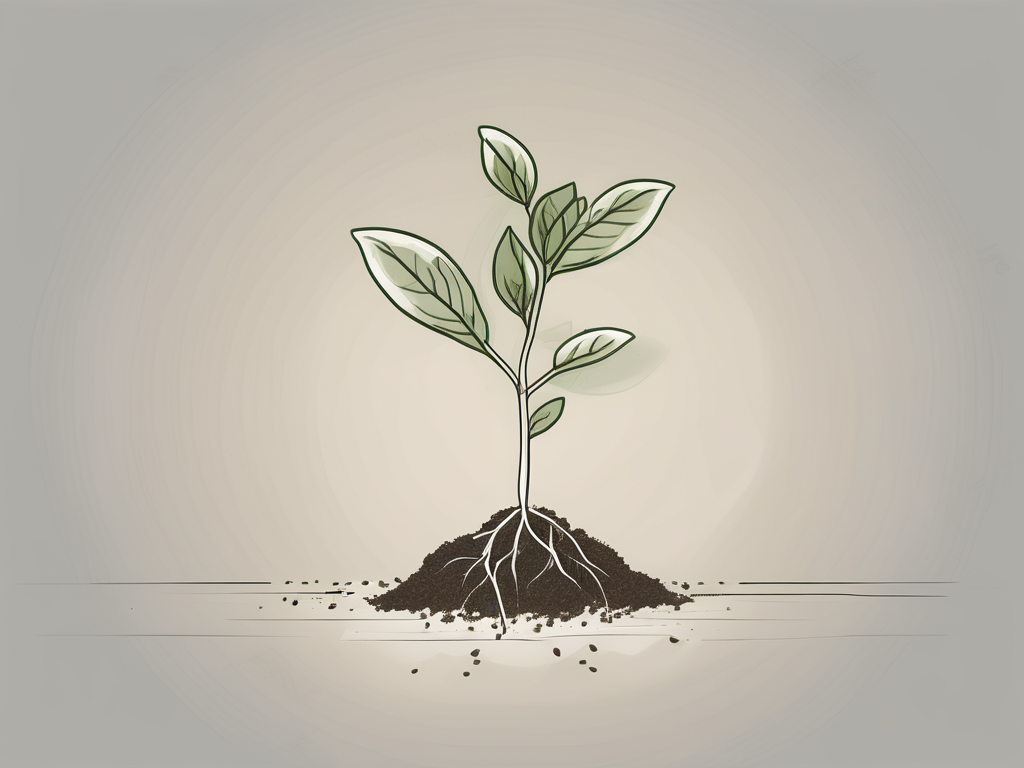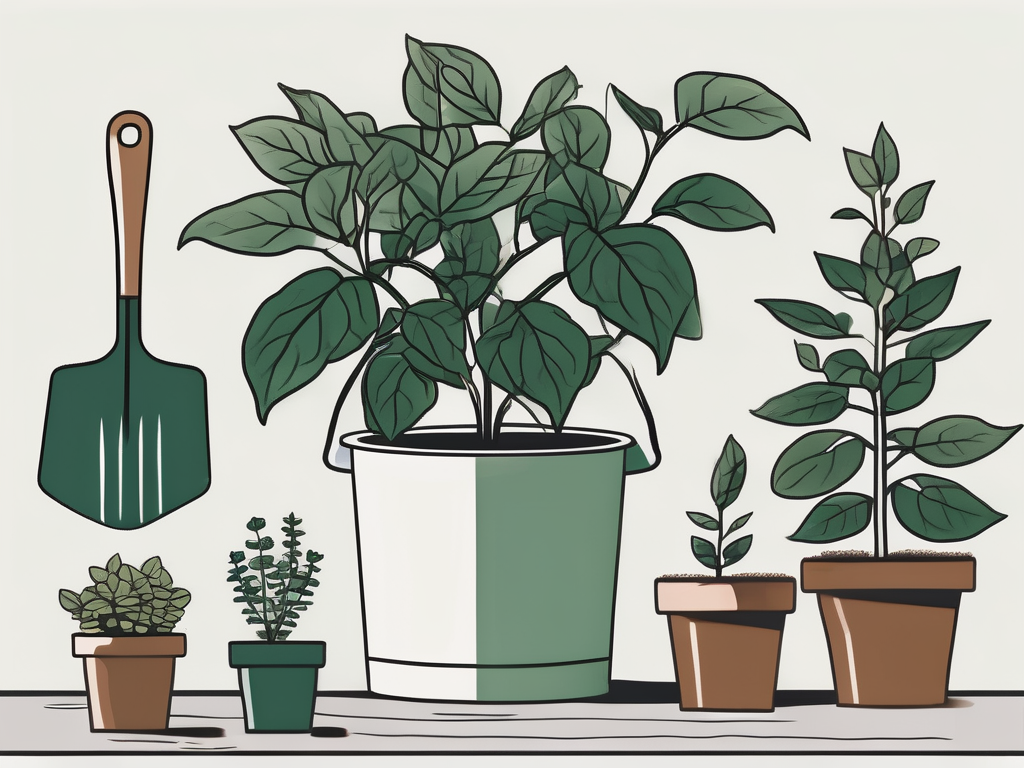
Have you ever found yourself strolling through a plant nursery, drawn to the striking silhouettes of dracaena plants? These versatile beauties are not just a feast for the eyes; they're also some of the most adaptable houseplants around. Whether you're a seasoned plant lover or just dipping your toes into the green world, dracaenas offer something special for everyone.
In this article, we're going to explore the fascinating variety within the dracaena family. From the popular Dracaena marginata to the more exotic Dracaena surculosa, we'll uncover what makes each type unique and provide practical tips on how to care for them. So, grab a cup of tea, get comfy, and let's embark on a leafy journey!
Dracaena Marginata: The Dragon Tree
Dracaena marginata, often known as the Dragon Tree, is a popular choice for many plant enthusiasts. Its sleek, arching leaves and slender trunk make it a striking addition to any room. But what should you know about this plant to keep it thriving?
First, let's talk about light. Dragon Trees prefer bright, indirect light. They can tolerate lower light levels, but their growth might slow down. If your plant's leaves start to brown at the tips, it might be a sign that it needs more humidity or less direct sunlight.
Watering is another crucial aspect. Dracaena marginata doesn't like to sit in waterlogged soil, so make sure your pot has good drainage. Water the plant when the top inch of soil feels dry to the touch. Overwatering is a common mistake, so when in doubt, it's better to err on the dry side.
In terms of temperature, this plant isn't too fussy. It thrives in normal room temperatures but doesn't like sudden temperature drops or cold drafts. If the temperature in your home is comfortable for you, it's likely good for your Dragon Tree too.
Dracaena Fragrans: The Corn Plant
Next up is the Dracaena fragrans, also known as the Corn Plant. This variety is beloved for its sturdy stems and broad, glossy leaves. It's often used in office settings due to its low maintenance and air-purifying abilities.
Dracaena fragrans prefers filtered light but can adapt to low-light conditions. It's perfect for those darker corners of your home that need a touch of green. Just be cautious not to place it in direct sunlight, as this can scorch the leaves.
Watering needs for the Corn Plant are similar to those of the Dragon Tree. Allow the top layer of soil to dry out before watering, and ensure the pot has drainage holes to prevent root rot. This plant is relatively drought-tolerant, so if you forget to water it occasionally, it should forgive you.
If you're looking to fertilize, do so sparingly. A balanced liquid fertilizer during the growing season (spring and summer) will support healthy growth. However, over-fertilizing can harm the plant, so it's best to apply a light hand.
Dracaena Reflexa: The Song of India
Dracaena reflexa, commonly referred to as the Song of India, is another eye-catching variety. Its bright, variegated leaves can add a splash of color to any room, and it's relatively easy to care for.
The Song of India enjoys bright, indirect light. While it can survive in lower light conditions, its vibrant leaf color might fade. If you notice the leaves losing their variegation, try moving it to a brighter spot.
Watering should be done with care. Like other dracaenas, it dislikes soggy soil. Allow the top layer to dry out between waterings, and reduce watering during the dormant winter months.
This plant appreciates a bit more humidity than some other dracaena varieties. If your home is particularly dry, consider misting the leaves or placing a humidifier nearby. It's a small step that can make a big difference in your plant's health.
Dracaena deremensis 'Janet Craig'
Dracaena deremensis 'Janet Craig' is a favorite among indoor plant enthusiasts for its lush, dark green leaves and forgiving nature. This plant is perfect for those who are new to plant care or have a knack for neglecting their leafy friends.
One of the best things about 'Janet Craig' is its adaptability to a wide range of light conditions. While it prefers moderate to low indirect light, it can tolerate lower light levels better than many other houseplants. This makes it an excellent choice for offices or rooms with limited natural light.
When it comes to watering, this plant is quite forgiving. Allow the top few inches of soil to dry out completely before watering, and reduce watering frequency during the cooler months. Overwatering is the most common cause of problems, so make sure your pot has adequate drainage.
Temperature-wise, 'Janet Craig' is comfortable in average home temperatures. Just keep it away from cold drafts or excessive heat sources. If you're comfortable, your plant likely is too!
Dracaena Surculosa: The Gold Dust Dracaena
Dracaena surculosa, or the Gold Dust Dracaena, is a unique variety known for its speckled leaves that look like they've been sprinkled with gold dust. It's a bit more compact than other dracaenas, making it ideal for smaller spaces.
This plant thrives in bright, indirect light but can tolerate lower light. However, its characteristic leaf speckles are more pronounced in well-lit areas. If you want to see those golden dots pop, place it near a window with filtered light.
Like its dracaena cousins, the Gold Dust prefers to dry out a bit between waterings. Make sure the potting mix is well-draining, and adjust your watering schedule according to the plant's light exposure and indoor climate.
Humidity is another factor to consider. This plant appreciates a bit of extra air moisture. If your home is dry, especially in winter, a humidity tray or occasional misting can help keep it happy.
Dracaena Cincta: The Rainbow Plant
Dracaena cincta, often called the Rainbow Plant, boasts colorful foliage with red, green, and yellow stripes. It's a fantastic choice for anyone looking to add a splash of color to their collection without much fuss.
This vibrant plant thrives in bright, indirect light but can also adapt to shadier spots. However, more light often results in more vivid leaf colors. If the colors start to dull, consider relocating it to a sunnier area.
For watering, follow the general dracaena rule: let the top soil dry out before watering again. The Rainbow Plant isn't too picky about its watering schedule as long as you avoid letting it sit in waterlogged soil.
Temperature-wise, it prefers a range of 65-75°F, but it can tolerate cooler conditions if necessary. Just avoid sudden temperature changes, which can stress the plant and cause leaf drop.
Dracaena Sanderiana: The Lucky Bamboo
Dracaena sanderiana, commonly known as Lucky Bamboo, is often found in water-filled vases rather than soil, making it a unique addition to the dracaena family. It's a symbol of good fortune and is frequently given as a gift.
Though called bamboo, it's actually not related to true bamboo. Lucky Bamboo thrives in low to moderate indirect light. Too much direct sunlight can cause the leaves to scorch, so it's best to keep it in a bright but shaded spot.
If you're growing it in water, change the water every couple of weeks to prevent stagnation and algae growth. Use filtered or distilled water if possible, as tap water with fluoride or chlorine can cause leaf tips to brown.
When grown in soil, water it similarly to other dracaenas, allowing the top inch to dry out between waterings. This adaptability makes Lucky Bamboo a low-maintenance choice for those who love a bit of greenery but lack a green thumb.
Dracaena Draco: The Dragon Tree of the Canary Islands
Dracaena draco, or the Canary Islands Dragon Tree, is a majestic plant often grown outdoors in suitable climates, but it can also be kept indoors in large pots. Its thick trunk and umbrella-like canopy of leaves make it a standout specimen.
Indoors, it prefers bright, indirect light. It can handle some direct sun, especially if acclimated, but if you notice any leaf browning, it might need a bit more shade.
Watering this plant is straightforward. Let the soil dry out between waterings, and ensure the pot is well-draining. Overwatering can lead to root rot, which is a common issue with many indoor plants.
Dracaena draco is relatively easy-going when it comes to temperature, preferring a range of 70-80°F. It's not frost-tolerant, so if you're growing it outdoors, make sure to bring it inside or protect it during colder months.
Dracaena Arborea: The Tree Dracaena
Let's wrap up our dracaena tour with Dracaena arborea, known as the Tree Dracaena. This plant showcases a tall, tree-like structure with thick, woody stems and is perfect for making a statement in any room.
Dracaena arborea enjoys bright, indirect light but can adapt to lower light settings. However, like most dracaenas, it grows best and more robustly with adequate lighting.
Watering should follow the typical dracaena pattern—let the soil dry out before watering again. This plant is particularly sensitive to overwatering, so ensure your container has excellent drainage.
Temperature preferences for this dracaena align with many others in the family. It thrives in temperatures ranging from 65°F to 75°F, making it a great indoor plant for most homes.
Final Thoughts
We've journeyed through the diverse and colorful world of dracaenas, discovering their unique characteristics and how to care for them. From the adaptable Corn Plant to the striking Song of India, there's a dracaena for every space and every plant lover.
At Cafe Planta, we love sharing our passion for plants with you. Whether you're looking for the perfect plant to start your collection or need some advice on how to care for your leafy friends, we're here to help. Feel free to email us or message us on Instagram. Let's connect over our shared love of nature and create beautiful spaces together!












